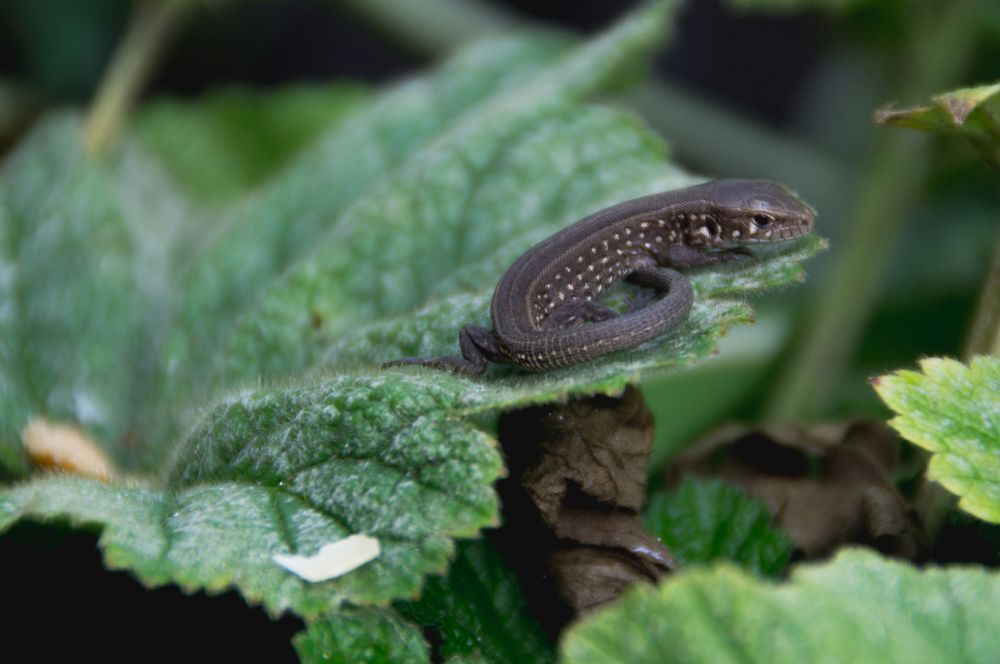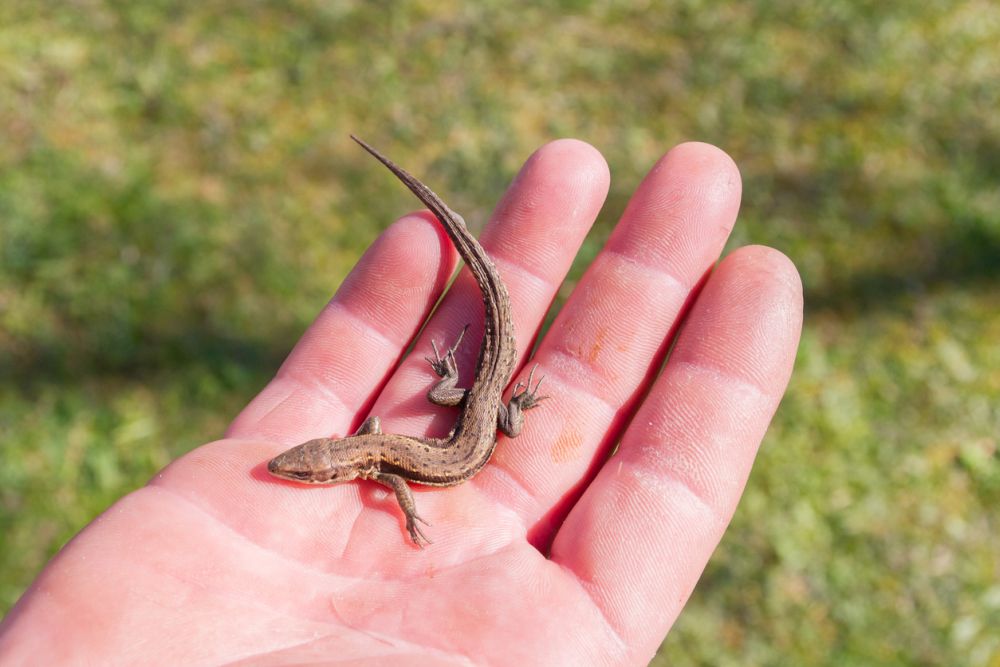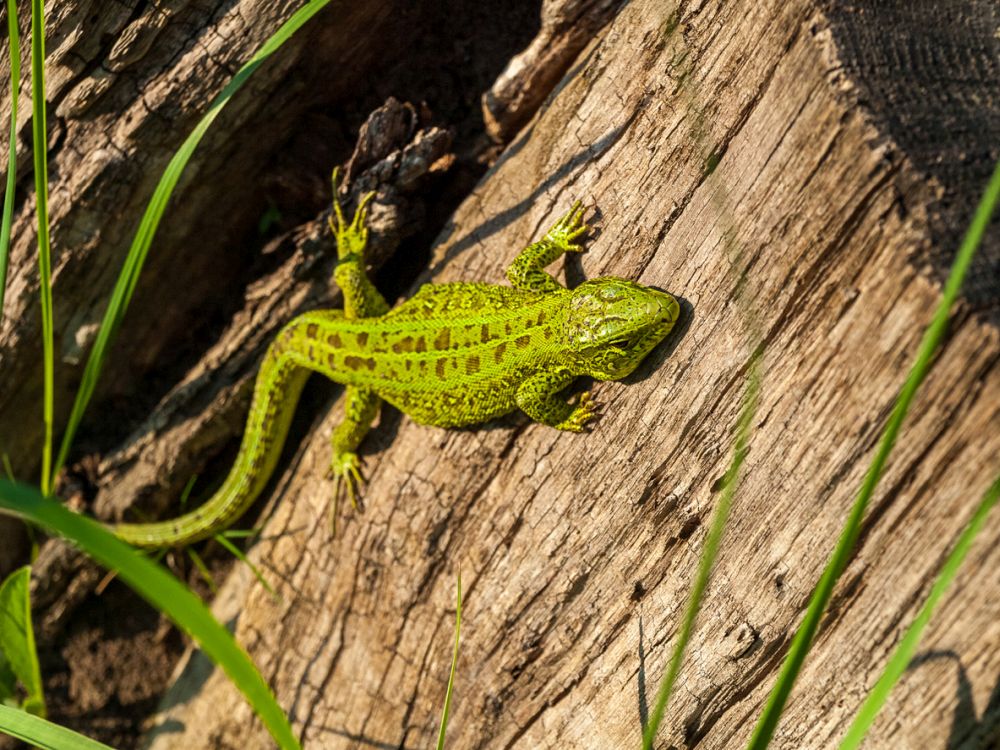Control Lizards: How To Get Rid Of Lizards In Homes And Gardens
Let’s face it, lizards are not the friendliest home invaders around. They neither have the looks nor grace to make them welcome in any garden, house, or porch. They have a creepy way of staying barely out of your peripheral vision. And just when you think you saw something and turn your head, they’re gone. It’s disconcerting, to say the least.
So naturally, you’d want to have nothing to do with these small reptiles. Who knows what they’re up to. Even if lizards have their undeniable benefits, most people prefer to have their property lizard-free. So how do you know that you have a lizard or a bunch of them? And can you tell the difference between a lizard and a gecko? This article covers the many ways you can get rid of lizards from your home, garden, and porch.
Know Your Lizard
Many people confuse lizards with geckos. And while both are reptiles, geckos are uglier by far and have menacing features than the colorful lizards. That’s not to say that lizards are beauty pageants themselves. With over 5,000 lizard species discovered so far, sometimes it’s hard to tell what exactly is that tiny reptile watching your every move and ready to bolt if you move as much as a muscle.
First and foremost, lizards have distinguishing dry and scaly skin. Some lizard species have shimmering scales that reflect the light making them easy to spot. And with a slim body, short neck, and triangular head, it’s the tail that really gets your attention. The tail of the lizard is about one-half of the length of its body. If the lizard gets attacked, it will abandon its tail as a decoy and make an escape. Later, it will regenerate the lost tail and go about life as if nothing has happened.
Carolina Anole is a common lizard species across the USA. It has a light green back, white belly, and pinkish throat. Measuring no more than 8 inches, this lizard is quick on its feet. It will dart out of sight before you take a good look at it. Caroline Anole makes its nest in a hole in the wall or a barely-used kitchen cabinet or drawer.
Two things draw a lizard to your property. You have lots of insects in your garden, or it’s too cold outside, and your home is a cozy haven for the cold-blooded critter.
Are Lizards Good, Bad, or Just Ugly?
If we take the komodo dragon, the largest lizard of them all, out of the equation, then lizards are as harmless to mankind as they can be. The tiny reptiles breach the perimeters of your home because they’re hungry, and a swarm of mosquitoes is a meal hard to pass for a lizard. That said, they’re not entirely without their health hazards. The lizard droppings contain pathogens and bacteria that could cause diseases to humans and pets if they found their way into your food.
That’s the bad part. So how about the good part? As it turns out, lizards feast on a wide variety of pests that cause damage to your garden plants, from spider mites and crickets to grasshoppers, flies, and ants. If it crawls and feeds on your plants, it’s on the lizard’s menu. And considering the time and effort, you spend every year fending your veggies and perennials against the assault of pests, having a lizard or two around your garden doesn’t sound like a bad idea.
As for their looks, lizards never claimed to be beautiful. Their whole body shape is designed to make them fast and easy to hide from predators, not pretty. And if you ask someone who keeps a lizard as a pet, they’ll assure you that the lizard has a beautiful personality. However, it’s hard to verify such claims.
Where To Look For Lizards
To have one or two lizards dining on the pests in your garden is one thing. But to have a whole lounge of lizards sampling your food and hiding in every nook and cranny in your house is a whole different matter. And the problem with lizards is that once one of them finds a nice home, it will settle in, invite another lizard, and start a family. Pretty soon, your home becomes filled with squeaking sounds and lizard droppings.
And they will hide anywhere. A cluttered place is their favorite place to hide. They do have a soft spot for kitchens and garages, however. Kitchens have lots of cabinets and drawers where insects gather. As for garages, they are almost deserted most of the time, so they can build their nests in a hole in the wall.
Lizards also prefer warm and damp places that are a natural habitat for bugs and grubs. So you’ll find them camped near a water puddle or the tap in the garden.
Get Rid of Lizards in The Garden
When the lizard problem gets out of hand in your garden, you have no other option but to declare them persona non grata and kick them out of the garden. There are many ways you can do this. Some are humane and take the lizard’s safety into consideration. But when lizards become a nuisance and they don’t get the message, then less humane methods might be called for.
A Broom
The first thing that the lizard would do when it sees you approaching is scurry up the nearest wall out of your reach. It will hang out there for hours waiting for you to leave. So use a broom or a rolled-up newspaper to nudge the lizard gently. Don’t try to hit it or scare it off by slamming the broom next to it. You might harm the lizard by doing that. Soon the reptile will jump off the wall, climb up the fence and leave you in peace.
Ultrasonic Device
This is another harmless way to discourage lizards from making your garden a permanent home. The ultrasonic device makes a sound that you cannot hear. But the lizards will hear it very well. It’s an annoying sound that makes them feel irritable and restless. Place the device in the garden and keep it working day and night. The lizards will abandon the premises and head for more greener pastures as far away from the annoying noise as possible.
Glue Trap
When the lizards get on your nerves, and peaceful means have proved useless, you might want to turn to more lethal measures. The glue trap is as lethal as they come. As the name implies, the trap is slathered in glue. Once the lizard steps on it, it gets stuck and dies there. Not a very merciful way, but it gets the job done. Place the glue trap near holes in the wall or near the water source in the garden. Just make sure to check on the traps regularly and dispose of the trapped lizards safely.
Get Rid of Lizards in the House
If lizards in the garden are a nuisance, they become a serious problem once they enter your house. Their droppings are a health hazard, and their squeaking noise can keep you up all night. As usual, you have many options here, ranging from the harmless to the ruthless.
Cold Water
Fill a spray bottle with cold water and sprinkle the lizard with it. Since the reptile is cold-blooded, icy water is the last thing it would want. It will make it lethargic and slow it down. So once the first few sprays of cold water hit the lizard, it will hightail it out of your house, hopefully for good. The drawback to this humane method is that you’ll have water everywhere in your house. Wipe it off quickly to avoid damage to wooden furniture or pictures hanging on the wall.
Peacock Feathers
Another safe method to get rid of lizards in your home without harming the lizard or damaging your home. Just place peacock feathers everywhere. On the walls, sticking out of picture frames, and planted in the kitchen cabinets. It’s not clear why lizards are scared of these feathers. It could be the large eyes on the feathers or the way they reflect the light. Whatever the reason, lizards tend to run out of a place where peacock feathers stand guard. Good riddance.
Pepper Spray
This method is similar to the cold water spray. It doesn’t harm the lizards, it just discourages them from hanging out in your house. Use chili powder or chili flakes mixed with water and spray it in corners and near cabinets and drawers. The hot spray will sting the feet of the lizards and make them feel unwelcome at your home. Take precautions when spraying this cocktail. It burns the eyes and causes irritation in the lungs if you inhale it.
Prevent Lizards From Invading Your Property
If lizards in the garden help keep it pest-free, their presence at your home is almost always undesirable. And although you can’t do much to keep the drifting lizard from hanging around your garden from time to time, you can have a say about whether it can enter your house or not. Here are a few tips to help you make your home off-limits for lizards.
- Always keep your kitchen organized. That means you should leave food in open containers. It should be in sealed containers or safely stored in the fridge.
- Fix any leaking faucets at home. Lizards, like everything else, get thirsty, and if they see water in your kitchen, they’ll come in for a drink.
- Draw lizards away from your home or garden by placing a bowl of water at a remote corner of the property.
- Don’t leave bugs and insects crawling around the house. They’re an open invitation for lizards to come in and help themselves. Get rid of the insects so that lizards won’t have anything to eat in your home.
- Declutter your garage, pantry, attic, and any other place that’s full of junk. You can have a yard sale or just donate the stuff.
- Inspect your house for any holes or cracks around window panes. These are ideal hiding places for lizards. Caulk the holes and gaps to prevent insects and lizards from nesting in your home.
- Don’t leave your door open. Lizards sneak in occasionally out of curiosity, even if there’s no food or water for them in the house.


